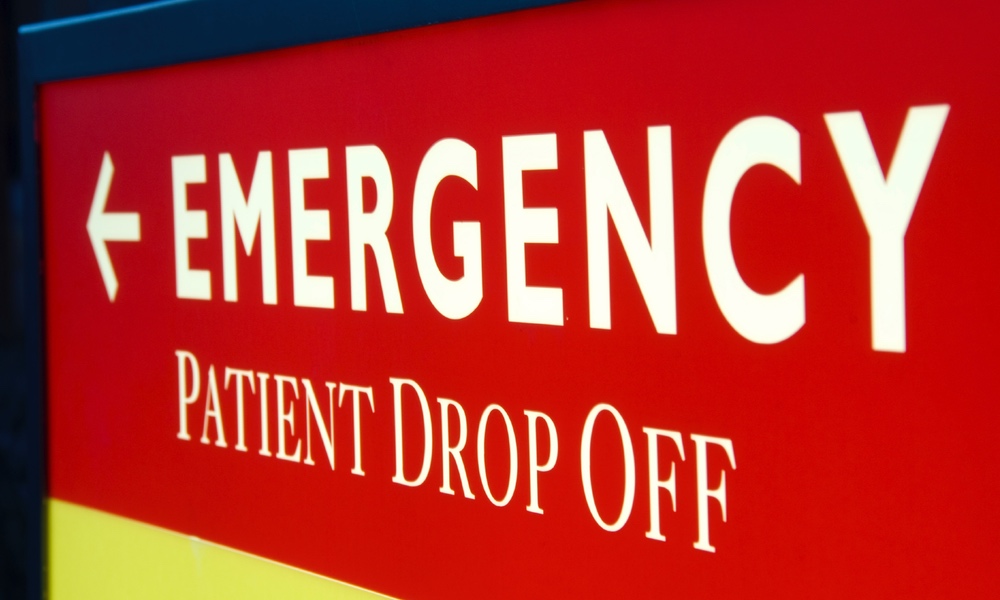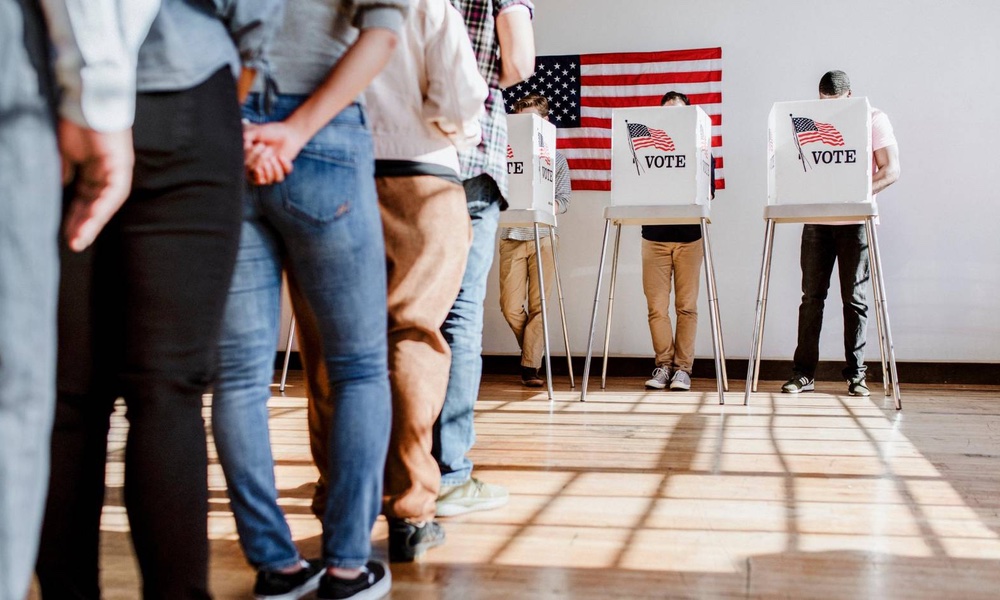A host of studies have shown that parks improve people's physical and mental health. Parks have become recognized as part of the health care system, one of the few parts that everyone agrees works. Yet elected officials have been slow to appreciate this, a major reason that parks are constantly underfunded and one of the first programs to feel the budget cutters' axe in tough financial times like the present.
How many people would be willing to pay an extra $10 a year to insure that their parks don't disappear? All they have to do is convince their elected officials to do so.
Parks are health care. And money spent on parks gives a bigger bang for the buck than other health care spending.
This is the focus of a report recently written by two Penn State researchers for the National Recreation and Park Association. The report explains why parks are a necessity and not a luxury. They're so important to people's fitness that cutting their funding is shortsighted.
The vast majority of people use public parks, and research suggests that even more would use them if they were better funded. A five-city study found that nearly 40% of middle aged and older adults visited a park at least once a week. A 2009 study showed that the current economic downturn has caused a sharp increase in park use by families with children. And among minority groups, park use has been identified as the single most important outlet for physical activity.
But parks are in decline because there's not enough money being spent to maintain them. Estimates are that parks will be facing a shortfall of $10 billion dollars a year for the next five years. Among other things, this means more park closings.
The report points out that that just $10 more per person spent on parks would have a strong effect on overall health. Compared to the $8,000 a year now spent per person on conventional health care, it's a bargain. And what would a health club provide for that same $10?
Admittedly, $10 per person sounds like a lot more money when you realize that it adds up to $3 billion. But how many people would be willing to pay an extra $10 a year to insure that their parks don't disappear? All they have to do is convince their elected officials to do so.




